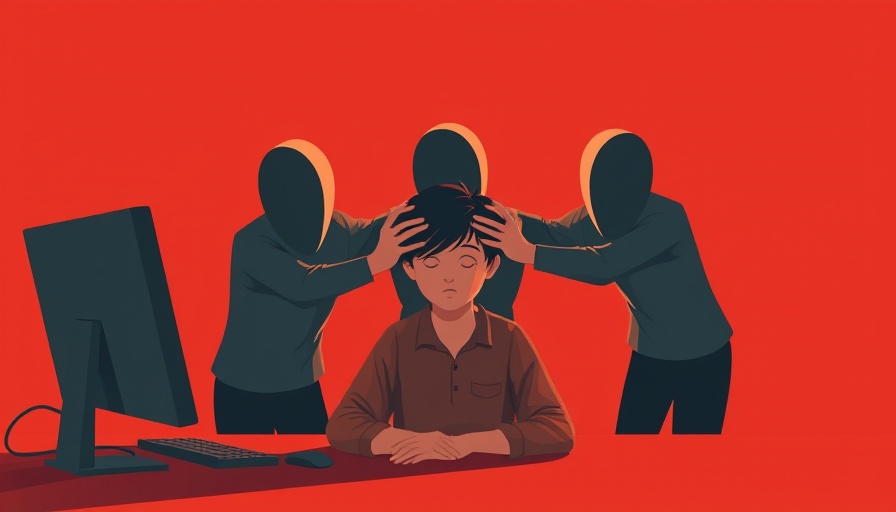
The Alarming Rise of Bullying Among Canadian Youth
The latest report, released by Children First Canada, paints a distressing picture of the current landscape for Canadian youth as they return to school. With over 70% of youth aged 12 to 17 reporting they have experienced bullying in the past year, the report underscores a fundamental crisis that parents need to confront. Moreover, with more than 13% of children living in poverty—up from previous years—the conditions for Canadian kids appear increasingly dire.
Connecting Bullying, Poverty, and Mental Health
These two issues—bullying and poverty—are deeply intertwined. As highlighted by Sara Austin, CEO of Children First Canada, the rise in bullying is exacerbated by mental health challenges fueled by socioeconomic disparities. The report highlights that as supportive resources dwindle, youth find themselves more isolated and vulnerable, often falling victim to ongoing harassment. This presents parents with a critical opportunity to engage in conversations with their children about bullying, urging them not just to report incidents, but also to express the broader emotional toll these experiences take.
Understanding the Digital Impact
In an age dominated by the internet and social media, the nature of bullying has shifted. Children are not only subjected to face-to-face ridicule but also to cyberbullying—an experience reported by one in five kids. Parents must understand that the digital landscape brings its own set of challenges. With platforms that promote anonymity and encourage negative behavior, children are often left to navigate hostile environments without adequate adult guidance.
Why Teachers Need More Support
The conflicting reports from students and teachers highlight a crucial gap in understanding. While 71% of teachers claim they actively work to prevent bullying, only 25% of students feel supported by them. It raises questions about how schools can bridge this divide between intention and perception. Schools need to create more robust anti-bullying strategies and ensure teachers have the resources and training they need to effectively support their students.
The Role of Parents in Addressing These Issues
At the household level, parents have an essential role in combating bullying and poverty-related woes. They should empower their children to speak up about their experiences and foster resilience through open dialogue. Austin advises parents not to accept simple affirmations like 'I’m fine' but instead delve deeper into their children’s emotional well-being. This aligns perfectly with the need for proactive communication strategies that can help mitigate the effects of bullying.
Government Action is Essential
The advocacy led by Children First Canada calls for urgent governmental action to address these crises. They emphasize the importance of implementing a national strategy to improve the lives of children and appointing a commissioner to hold leaders accountable. The issue of childhood poverty and its correlation with mental well-being must become a government priority to create a sustainable environment for the growth and development of Canadian youth.
Your Role in Changing the Narrative
As a parent, you possess the unique ability to influence the narrative surrounding bullying and child poverty. Engage with your child's friends, participate in parent-teacher associations, and advocate for school policies that prioritize student well-being. Understanding these crises affects your family—and the broader community—will equip you to support vital programs aimed at preventing bullying and alleviating the pain of poverty.
By sharing and discussing this report, and leaning on the findings to demand necessary changes, you can help shape a safer future for our children. Let us not forget that these children represent nearly a quarter of our population and 100% of our future.
 Add Row
Add Row  Add
Add 




Write A Comment